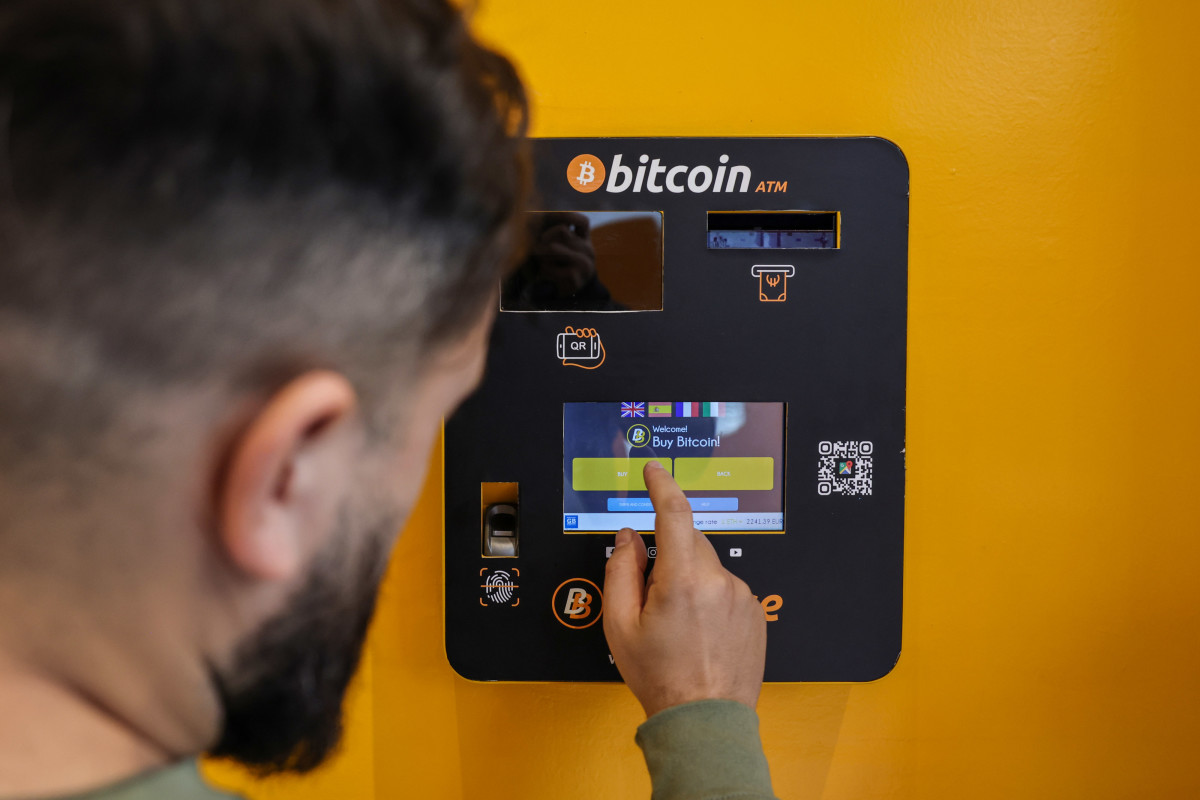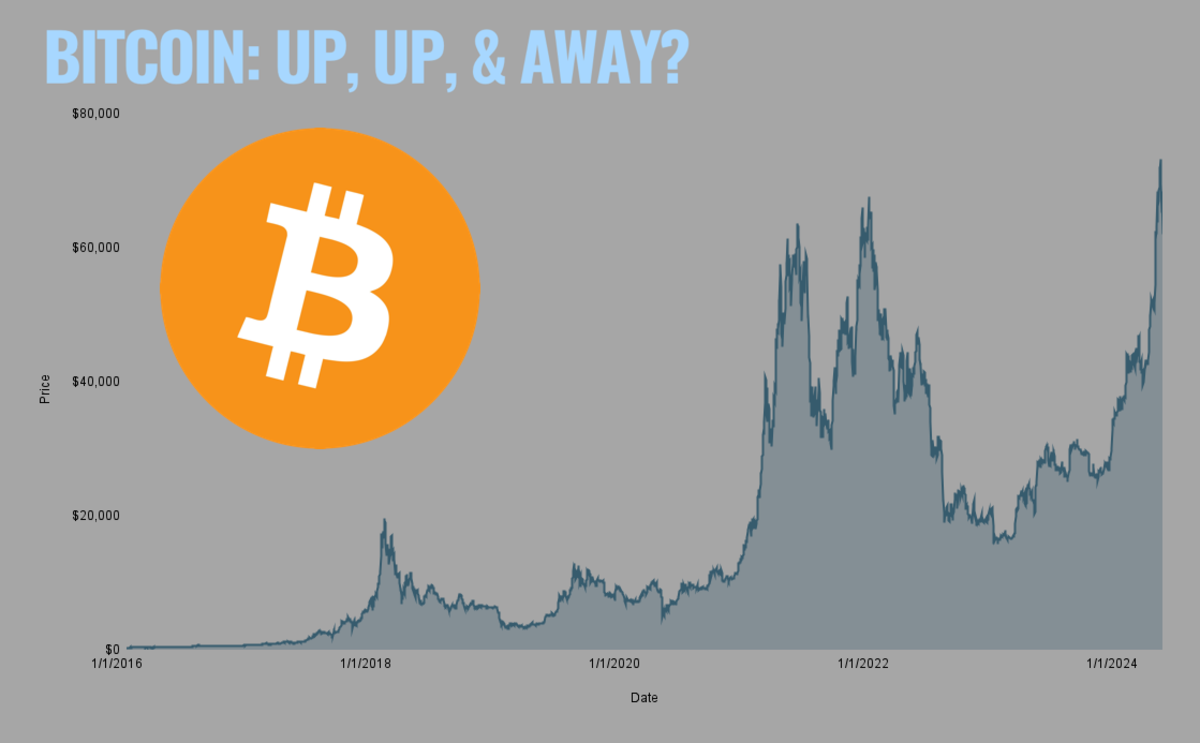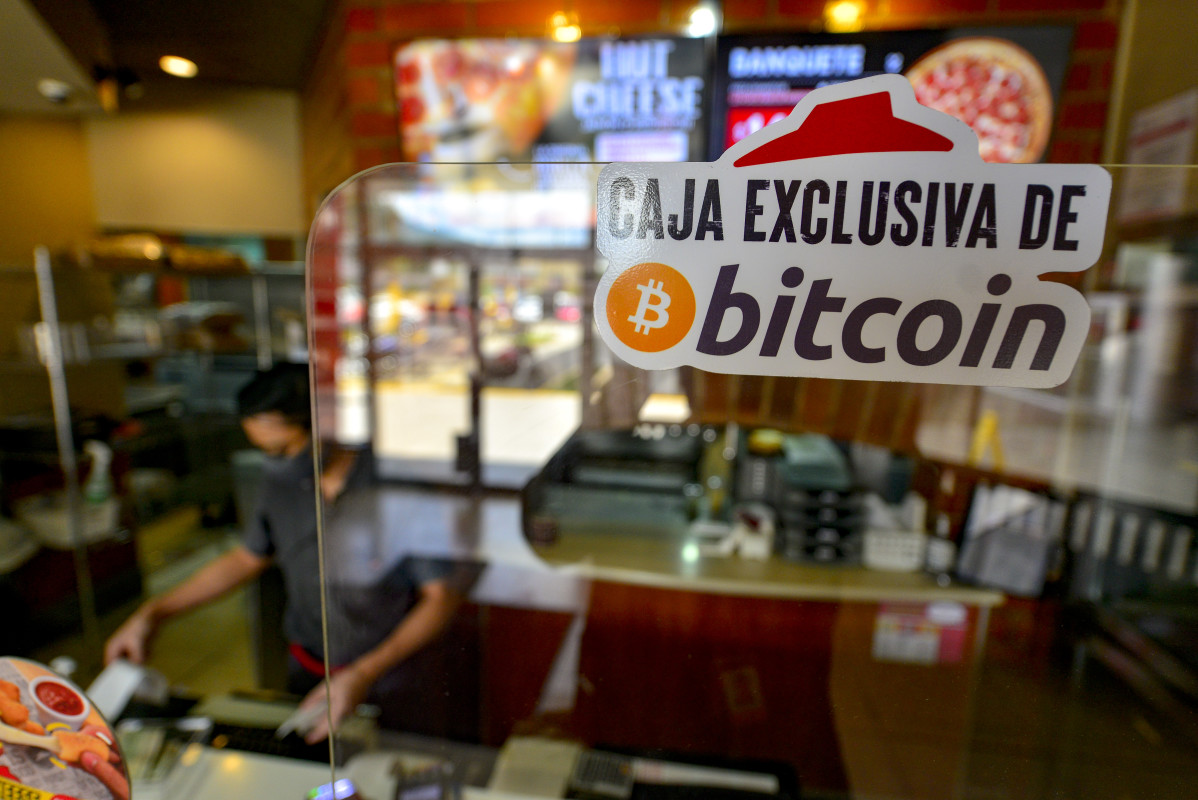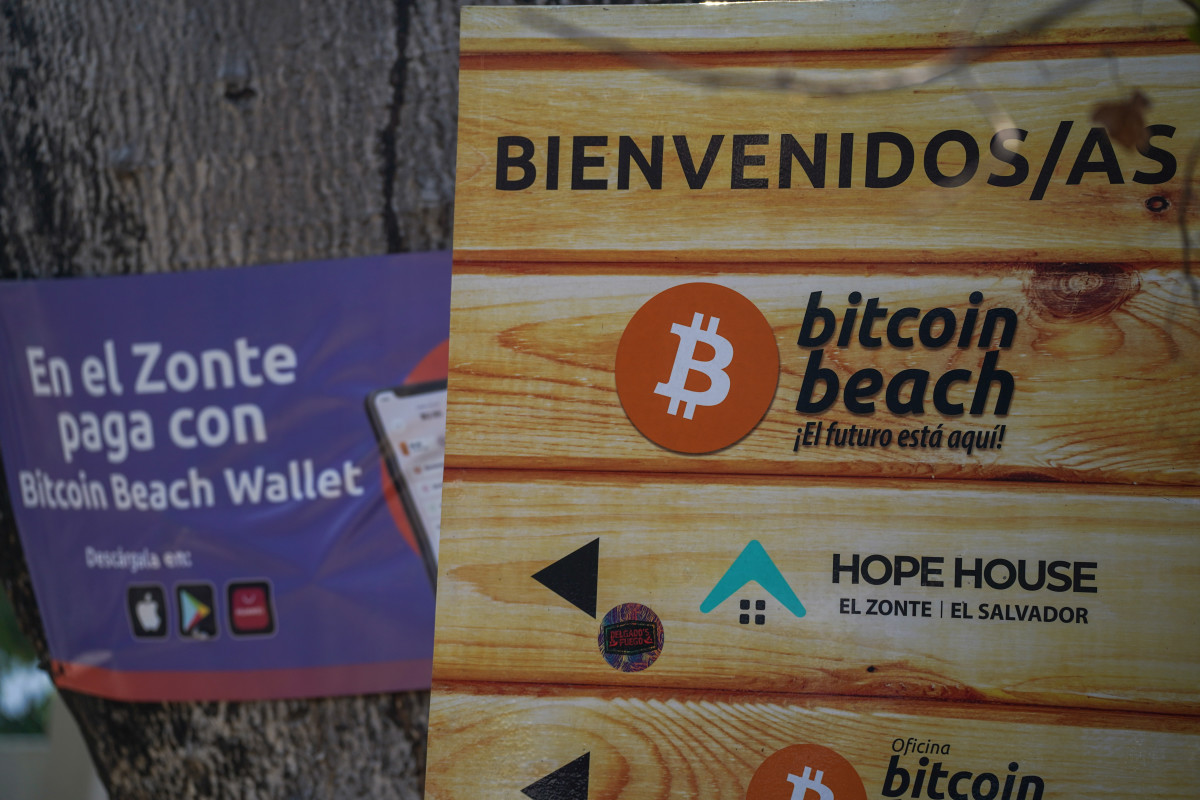
Rising in value from virtually nothing (less than a penny shortly after it was first mined in 2009) to over $70,000 in March 2024 (with a fair share of meteoric rises and falls in between), Bitcoin represents one of the greatest (and most volatile) investments in modern history.
It was conceived as a digital currency (and as an alternative to paper money) to facilitate online transactions for the payment of goods and services. Bitcoin transactions are recorded on a blockchain — essentially a cryptographically secured, distributed ledger — and each Bitcoin is subdivided into 100 million smaller units called satoshis, which means each satoshi is valued at 0.00000001 Bitcoin.
A Bitcoin holder can access their cryptocurrency account with a password, but if that password is lost, access to that Bitcoin may be gone forever.
Related: What is blockchain & how does it work? Understanding the technology that powers crypto

For historical data and a graph of Bitcoin’s since the earliest data available, click here. Use the macro to get the latest price.
Part of the appeal of Bitcoin is that it’s unregulated and isn’t backed by a central bank or central administrator, but this also means it can be prone to use in criminal activity.
Its intended purpose as a decentralized currency for online transactions seems to have taken a back seat to its use as an investment vehicle. Nevertheless, Bitcoin remains as popular as ever despite its volatility over the years.
A timeline of Bitcoin’s milestones: 2008–present
2008: Satoshi Nakamoto — an anonymous, enigmatic figure or group of individuals — releases a whitepaper titled “Bitcoin: A Peer-to-Peer Electronic Cash System” on the creation of a digital system for electronic transactions.
2009: Bitcoin is first mined in January by Nakamoto. Other miners, though their number is small, soon follow. The production of Bitcoin is set to 21 million units, and no more will be mined after that, suggesting that limiting the supply could lead to higher prices. Yet, Bitcoin has virtually no dollar value at this time.
2010: On May 22, 2010, on the forum bitcointalk.org, early Bitcoin miner Laszlo Hanyecz, who goes by the handle laszlo, exchanges 10,000 Bitcoin (valued at the time at a total of $41, or 0.41 cent per Bitcoin) for two Papa John’s pizzas from Jeremy Sturdivant, who reportedly turned around the Bitcoin soon after. The exchange is viewed as one of the earliest transactions using Bitcoin for its intended purpose: a digital currency for the purchase of a good or service. Each year, May 22 is commemorated as Bitcoin Pizza Day.

2011: In February, the value of Bitcoin rises to $1, and by the end of December, it reaches more than $13.
Online sellers and trackers start to appear. Blockchain.info (now Blockchain.com) later develops a major cryptocurrency wallet, in which users can hold their digital currencies virtually.
Erik Finman, 12 years old, becomes a poster boy for Bitcoin. He uses $1,000 given to him by his grandmother to invest in about 100 Bitcoin when each was valued at around $10, and he soon becomes one of the early prominent crypto-based millionaires. By 2019, reports say he holds almost 450 Bitcoin.
Other cryptocurrencies start to appear as Bitcoin’s popularity rises: Litecoin, Namecoin, Swiftcoin, and Ripple, to name a few.
Crypto miners become inventive and reconfigure PlayStation 3 gaming consoles (for the computational power of their GPUs and CPUs) to mine Bitcoin and other digital currencies. Environmentalists start to raise concerns that Bitcoin mining is intensive on electricity use and its increased popularity could result in an oversized environmental impact.
2012: Bitcoin’s value starts to grow from $13.
The second halving of Bitcoin occurs (with the first supposedly in 2009, and subsequent ones in 2016 and 2020). Halving is intended to reduce the rate at which new Bitcoin is mined, consequently reducing supply. Halving takes place every four years until 2040, when Bitcoin is expected to reach the 21-million limit.
2013: Investment and asset management firms start to get in on the crypto frenzy and seek opportunities for greater profit as the cryptocurrency’s price breaks through $100, then reaches $200.
Malta-based brokerage Exante Ltd. starts the Bitcoin Fund. Reports put year-to-date returns through November at 4,847%, demonstrating that Bitcoin is significantly outperforming traditional asset classes such as stocks and bonds.
The Wall Street Journal reports that about 12 million Bitcoin have been mined.

Concerns start to arise about Bitcoin’s use for criminal activity — from money laundering to drug trafficking — because of the anonymity of transactions. Calls begin to mount for the regulation of cryptocurrencies.
The U.S. Treasury Department's Financial Crimes Enforcement Network releases guidance on the issuance and exchange of cryptocurrencies
Liberty Reserve, a virtual currency site, is shut down in May by the U.S. Department of Justice for laundering about $6 billion from illegal activity, including credit card fraud. Its founder, Arthur Budovsky, 42, pleads guilty to laundering $250 million in illegal proceeds.
2014: The Internal Revenue Service rules that any gain or loss in cryptocurrency should be reported and treated as property. In other words, income from the sale of cryptocurrencies will be taxed as capital gains, just like the proceeds from the sale of a winning stock.
2015: Bitcoin moves on a slow upward trend, ending the year at around $430.
Related: Bitcoin halving for beginners: How the process works, impacts price of BTC
2016: A halving takes place, and Bitcoin surges from $475 to $975
2017: Bitcoin makes a spectacular run — from $1,000 in early January to almost $20,000 in December.
CME, the world’s largest futures market, introduces futures trading on Bitcoin. Contracts are set on a monthly and quarterly basis.
2018: Bitcoin drops from $13,000 to $3,750
2019: IRS issues further guidance on the purchase, sale, and trade of cryptocurrencies with Form 8949, which is used for reporting capital gains and losses.
Bitcoin almost doubles in price to $7,350.
2020: Bitcoin surges from $7,350 to $30,000
2021: El Salvador becomes the first nation to make Bitcoin legal tender. Its holdings turn into a massive profit for the Central American country by March 2024.

Tesla purchases $1.5 billion in Bitcoin but eventually pares that investment to about $200 million. The company also initially accepts Bitcoin as payment but halts the practice some weeks later.
Bitcoin has a volatile year, jumping from $30,000 to $60,000, then slipping to $31,000 before rising again to $64,000 and closing the year at $47,000
2022: Tech investor Cathie Wood predicts that Bitcoin could exceed $1 million by 2030. In 2024, she revises that target to $1.5 million following SEC approval for Bitcoin ETFs.
Forbes estimates the global daily volume for Bitcoin at $128 billion on June 14.
Crypto exchanges generate $1 billion or more in daily trading activity (while the next 33 exchanges had volume between $200 million and $999 million across all contract types — spot, futures, and perpetuals).
Bitcoin slumps as low as $16,000.
For the 2021 tax reporting season, the IRS now asks every filer to answer whether they engaged in any transaction involving cryptocurrencies.
2023: IRS uses the term "digital assets" in place of "virtual currencies," a term used in previous years to refer to Bitcoin and other cryptocurrencies, to include stable coins and non-fungible tokens (NFTs).
Bitcoin rises to $42,000.
Related: Cathie Wood net worth: Why the Ark Invest CEO is an investor to watch
2024: The U.S. Energy Information Agency estimates that annual electricity use from mining Bitcoin and other cryptocurrencies probably represents from 0.6% to 2.3% of U.S. electricity consumption. Texas and Georgia lead as the states with the heaviest electricity use.
According to the Blockchain Council, an organization dedicated to blockchain, AI, and Web3, there are about 19 million Bitcoin mined, and about 2 million remaining.
Bitcoin rises to a record high of $73,000 in early March.
In April of 2024, another halving is expected to occur, which will result in miner's rewards being reduced by half, from 6.25 bitcoin to 3.125 bitcoin.







